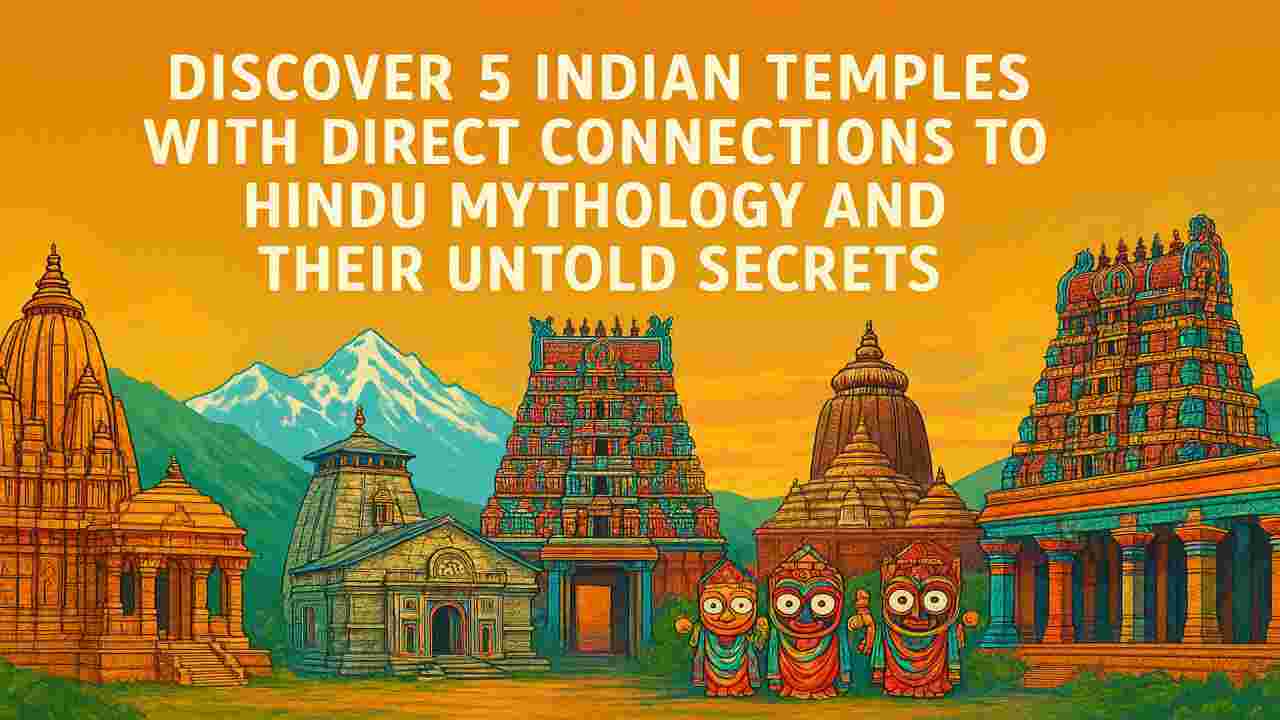
India is often called the land of temples, each one narrating tales that blend history, devotion, and mythology. From the snow-clad Himalayas to the sandy shores of Tamil Nadu, temples have stood as sacred centers of faith and cultural heritage for thousands of years. What makes them even more fascinating is their direct connection with stories from Hindu epics and Puranas. These temples are not just places of worship, but living legends where mythology comes alive through rituals, architecture, and age-old traditions.
In this article, we will discover 5 Indian Temples with Direct Connections to Hindu Mythology and Their Untold Secrets, each tied to powerful deities and timeless tales. These temples are among the most revered in India, carrying legends that continue to inspire devotees and mystify historians alike.
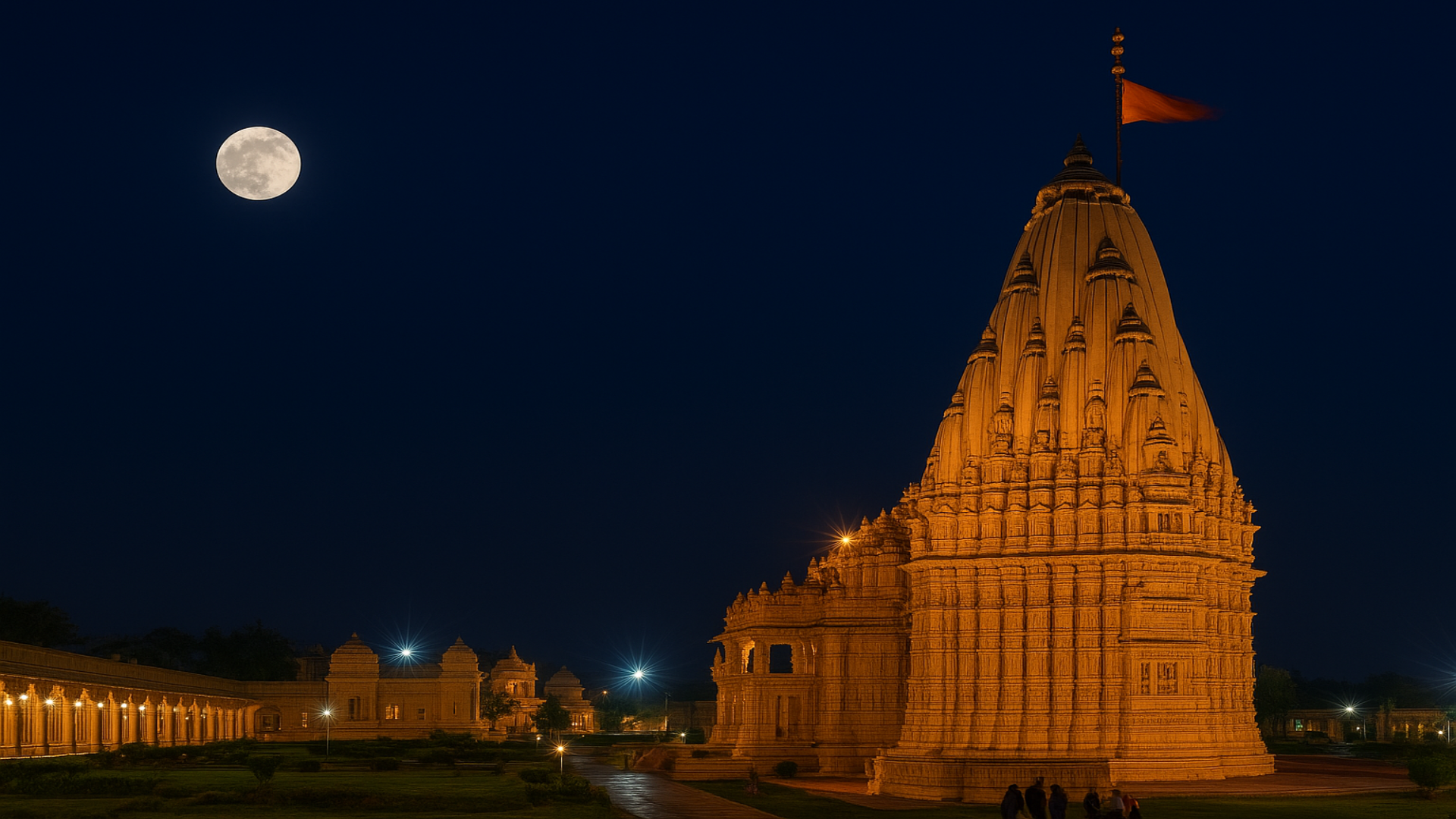
Located in Gujarat, the Somnath Temple is counted among the twelve sacred Jyotirlingas of Lord Shiva and is deeply woven into Hindu mythology.The name “Somnath” literally denotes the “Ruler of the Moon.”
The Legend of Chandra (Moon God)
According to Hindu mythology, the Moon God, Chandra, was cursed by his father-in-law Daksha for showing partiality toward his beloved wife Rohini over his other wives. As a result, Chandra began to lose his luster and fade away. In his desperation, he turned to Lord Shiva at Somnath. Moved by such devotion, Shiva eased the curse, allowing the Moon to regain its rhythm of waxing and waning.As a gesture of thanks, Chandra established the first temple here.
Krishna’s Last Moments
Somnath is believed to be the place where Lord Krishna was struck by a hunter’s arrow, bringing an end to his earthly life and closing the Dvapara Yuga.This event signaled the start of the Kali Yuga, an important age in Hindu tradition.
The temple has been destroyed and rebuilt several times throughout history, yet it continues to stand as a testimony of resilience, faith, and divine grace.
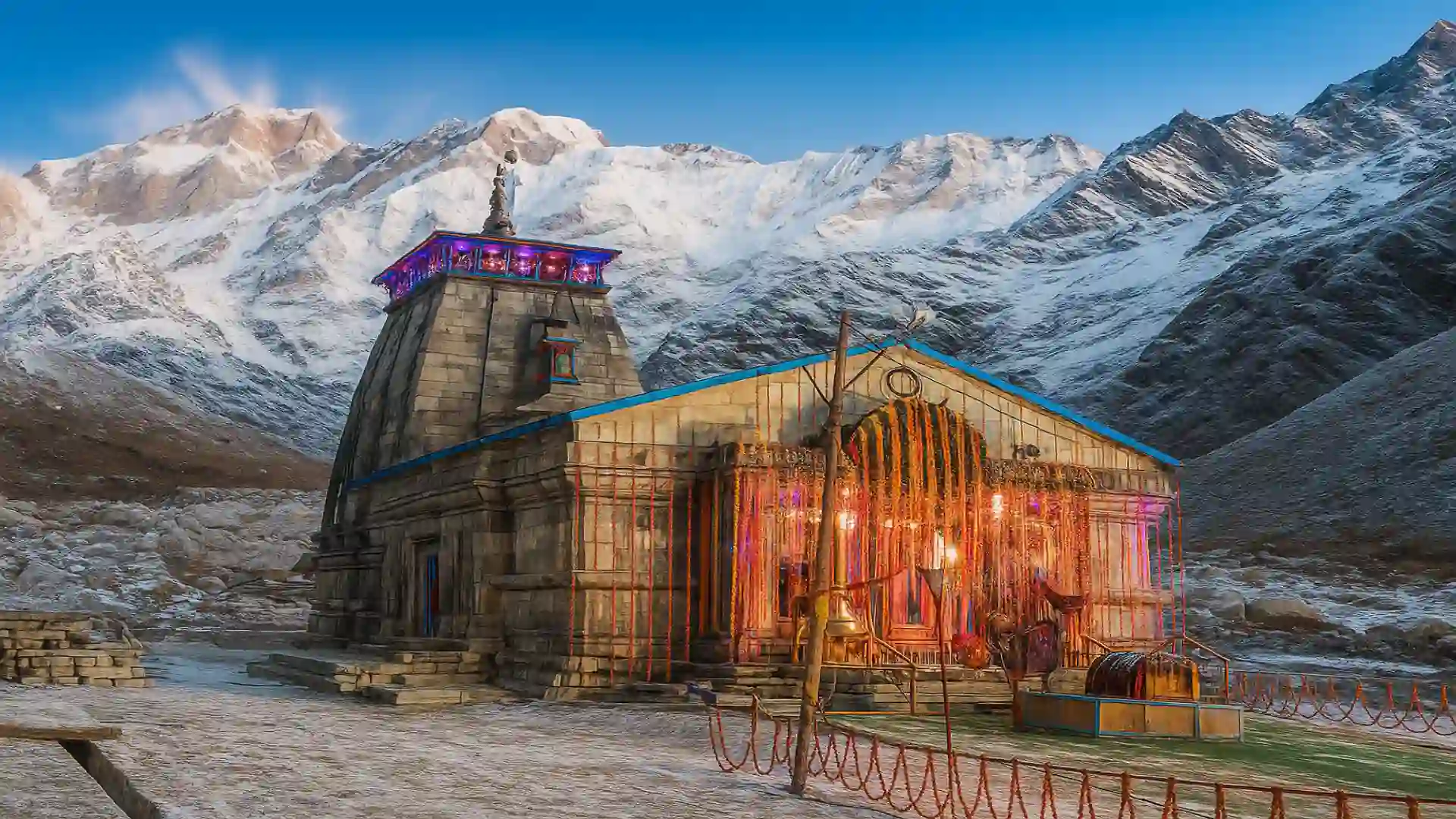
At more than 11,000 feet above sea level, Kedarnath rests in the Himalayas and is honored as one of India’s most sacred pilgrimage sites. It is also one of the 5 Indian Temples with Direct Connections to Hindu Mythology, particularly the Mahabharata.
The Pandavas’ Quest for Forgiveness
After the Kurukshetra War, the Pandavas were tormented by guilt for killing their own kin. Seeking redemption, they turned to Lord Shiva. Yet Shiva, unwilling to grant forgiveness so readily, took the form of a bull and wandered through the mountains. When the Pandavas drew near in pursuit, he plunged into the earth at Kedarnath. Bhima, the strongest of the brothers, managed to grab the bull’s hump, which remained above the ground. This hump became the triangular-shaped lingam worshipped at Kedarnath today.
The Panch Kedar Connection
It is believed that other parts of Shiva’s body appeared at different locations, forming the sacred Panch Kedar circuit: Tungnath, Rudranath, Madhyamaheshwar, Kalpeshwar, and Kedarnath.
Kedarnath is not just a temple; it’s a spiritual journey where faith meets the raw power of nature.
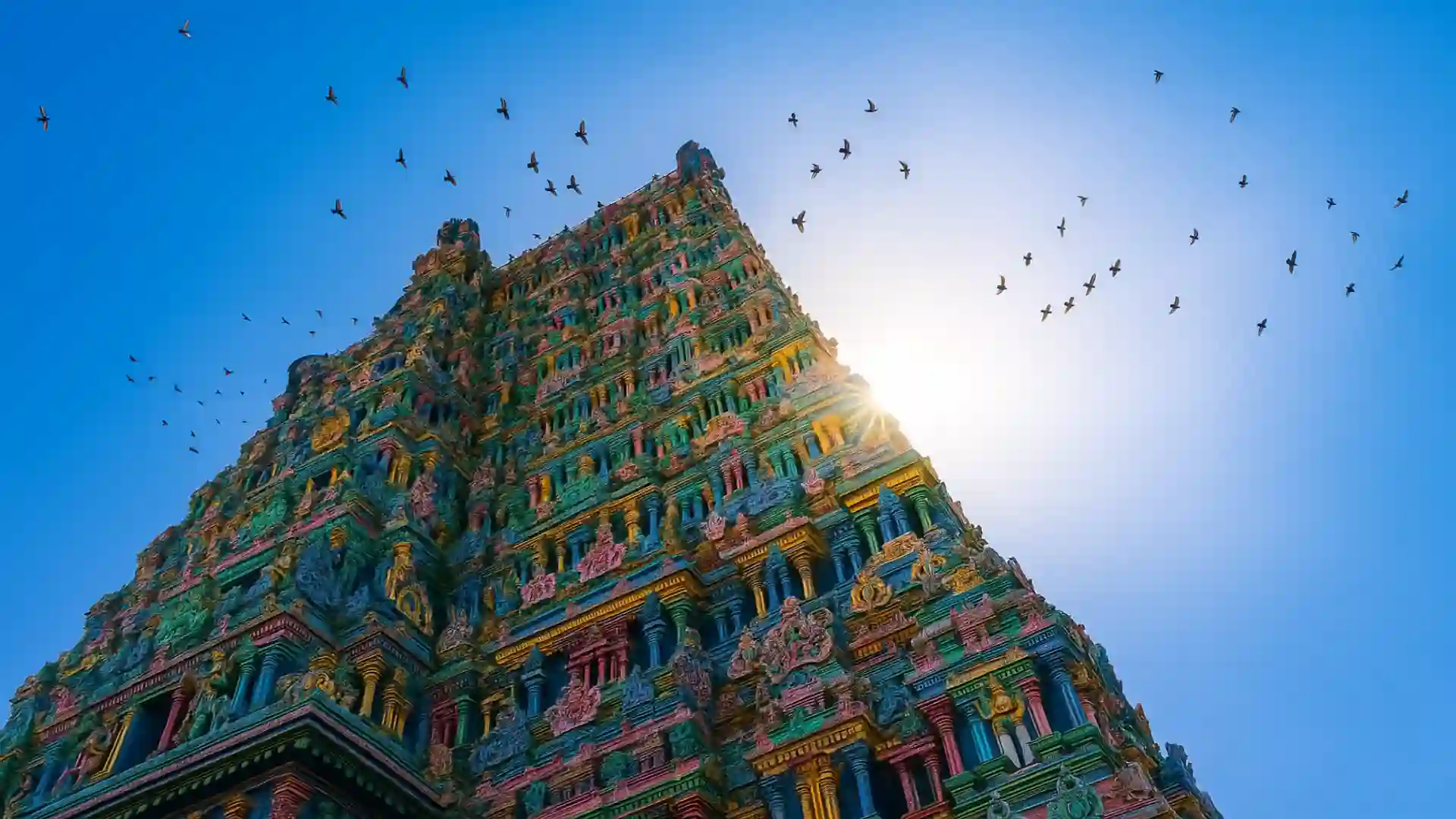
Located in the temple city of Madurai, the Meenakshi Amman Temple is one of the most visually stunning and mythologically rich shrines in India. The temple, devoted to Goddess Meenakshi—an incarnation of Parvati—and Lord Sundareswarar (Shiva), is intertwined with an enchanting legend. It is regarded as one of the most important pilgrimages among the 5 Indian Temples with Direct Connections to Hindu Mythology.
The Prophecy of the Divine Princess
According to mythology, Princess Meenakshi was born with three breasts. A prophecy said that her extra breast would vanish when she met the man meant to be her husband. Strong and unstoppable, she won every battle she fought. But when she finally met Lord Shiva, her third breast vanished, and the prophecy was fulfilled.
The Celestial Wedding
Her marriage to Shiva in Madurai is celebrated as one of the grandest divine unions, still reenacted every year during the Chithirai Festival. Thousands of devotees witness the celestial wedding, reaffirming the temple’s sacred place in Hindu tradition.
This temple is not just an architectural marvel with its towering gopurams and intricate carvings—it is a living embodiment of divine love and destiny.
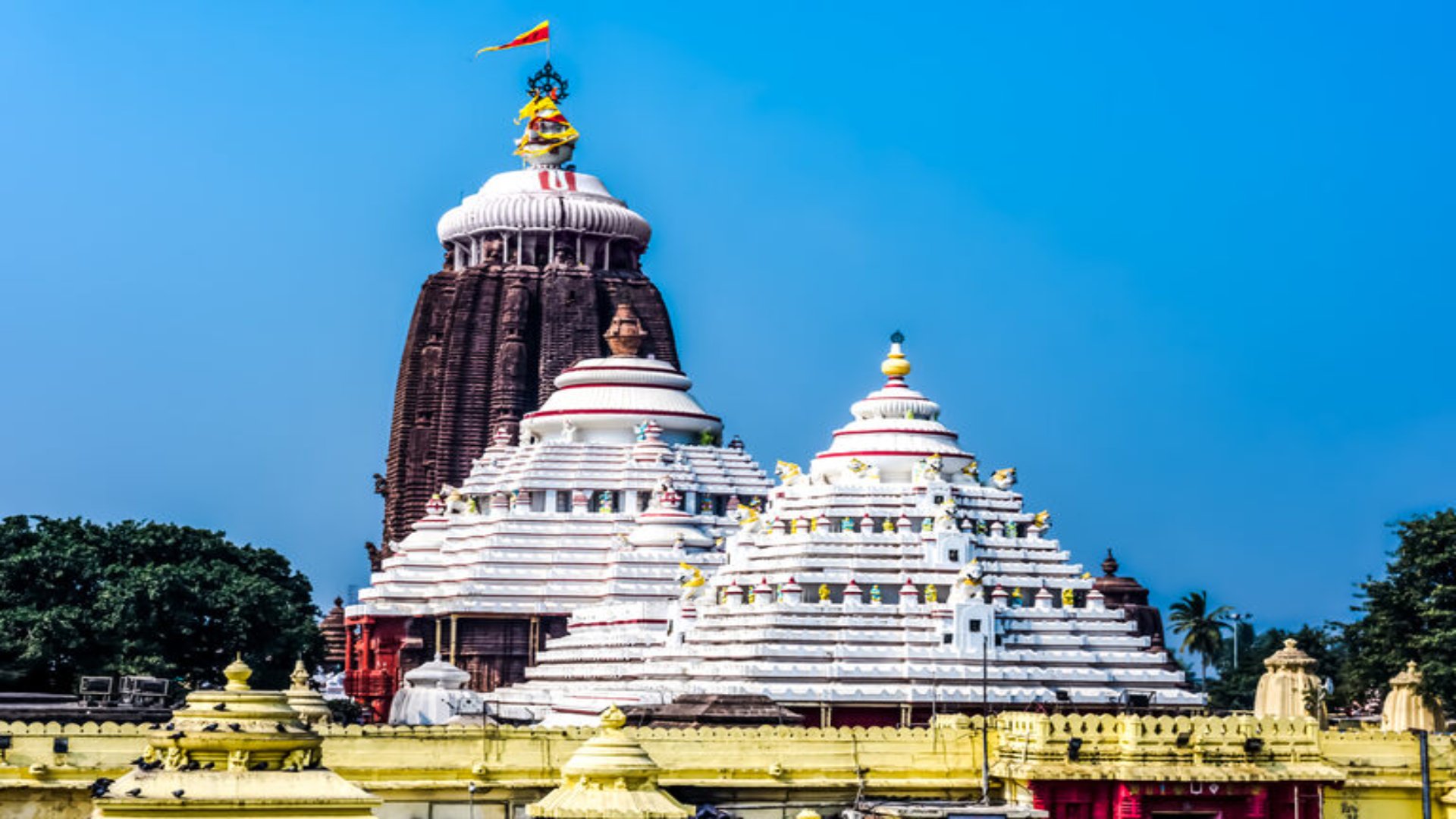
One of the Char Dham pilgrimage spots, the Jagannath Temple in Puri is dedicated to Lord Jagannath, a form of Lord Vishnu. Counted among the 5 Indian Temples with Direct Connections to Hindu Mythology, it is unique as the idols of Jagannath, Balabhadra, and Subhadra are made of wood and appear unfinished.
The Incomplete Carvings
Some traditions say that Raja Indradyumna wished to build a temple for Lord Vishnu. Vishwakarma, the divine architect, appeared as an old carpenter and agreed to carve the idols, but on one condition: no one should disturb him until the work was complete. After weeks of waiting, the anxious queen opened the door, causing the carpenter to vanish. The idols remained incomplete, yet they were installed, signifying divine will.
Tribal Origins
Historians suggest the idols may have originated from tribal traditions, particularly the worship of wooden deities by the Savara tribe. This blend of tribal faith and Vedic tradition makes the Jagannath Temple a unique confluence of cultures.
Every year, millions gather for the Rath Yatra, when the deities are taken out in massive chariots—a living testimony to the temple’s enduring mythological and cultural significance.
5. The Ramanathaswamy Temple, Tamil Nadu – Rama’s Journey of Atonement
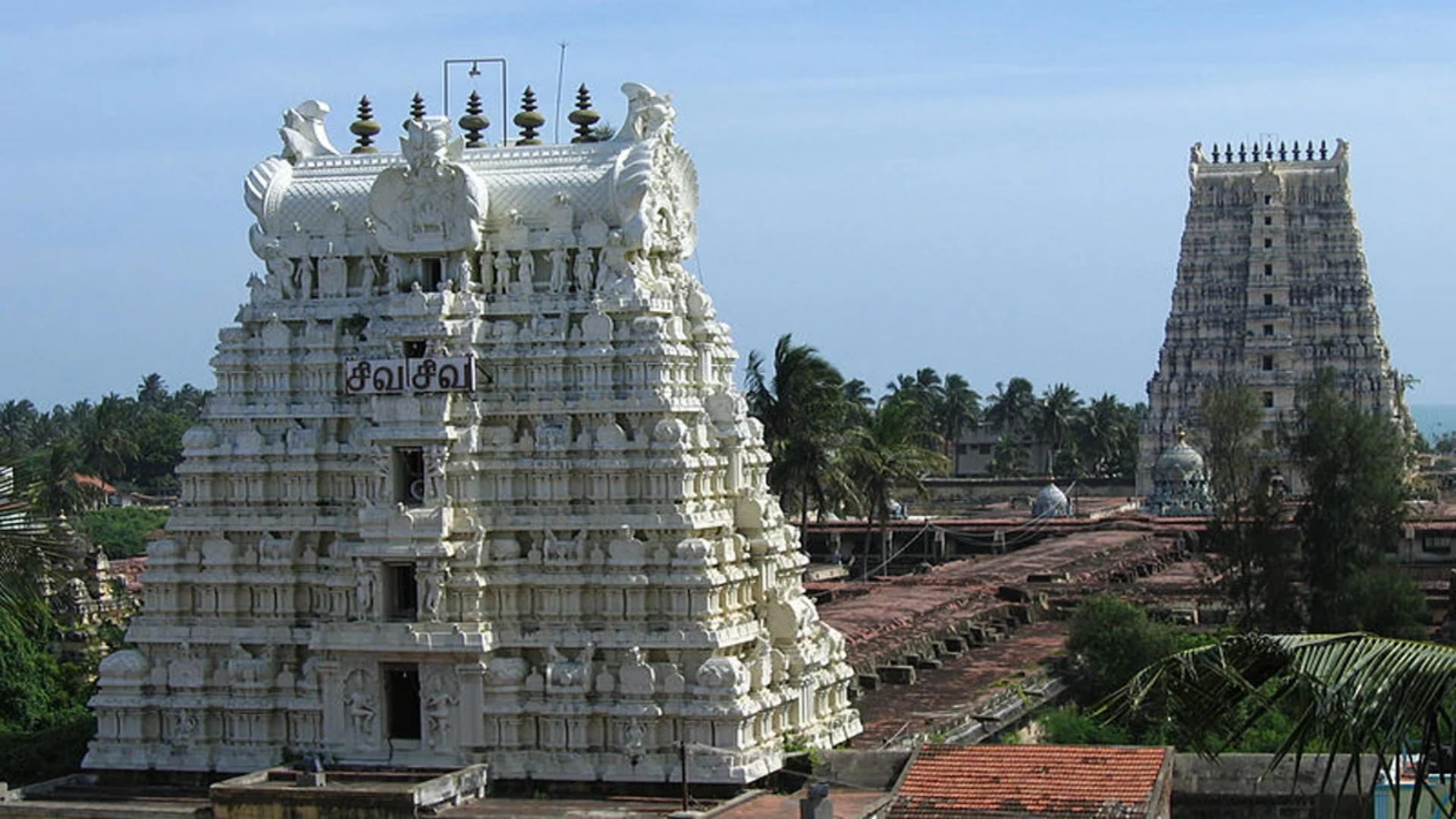
Last but not least, it is considered one of the most significant pilgrimages among the 5 Indian Temples with Direct Connections to Hindu Mythology. The sacred Ramanathaswamy Temple on Rameswaram island is closely linked to the Ramayana. It is believed that Lord Rama himself performed penance at this temple.
Rama’s Worship of Shiva
Following his victory over Ravana, Lord Rama prayed to Lord Shiva at Rameswaram to atone for the sin of killing a Brahmin. Rama sent Hanuman to Mount Kailash to bring a lingam, but when Hanuman was delayed, Sita fashioned one out of sand.
The Two Lingams
The temple enshrines both lingams: the Ramalingam, created by Sita, and the Vishwalingam, brought by Hanuman. Even today, devotees worship the Vishwalingam first, as per Rama’s instructions.
Ramanathaswamy Temple, with its massive corridors and sacred water tanks, stands as a reminder of Rama’s humility and devotion.
5 Indian Temples with Direct Connections to Hindu Mythology : The Enduring Power of Myth and Faith
These 5 Indian Temples with Direct Connections to Hindu Mythology are more than architectural wonders—they are spiritual anchors that tie the present to the divine past. Each temple reflects profound myths, divine interventions, and timeless lessons embedded in Hindu philosophy.
From Somnath’s story of Chandra’s salvation to Ramanathaswamy’s lesson in humility, these temples invite devotees and travelers alike to not only witness their grandeur but also connect with the living mythology that continues to shape India’s cultural soul.
Whether you seek historical curiosity, architectural marvels, or spiritual awakening, these temples stand as gateways into the mystical world of Hindu mythology. Visiting them is like walking into the very pages of the Ramayana, Mahabharata, and Puranas—where the line between myth and reality beautifully blurs.


